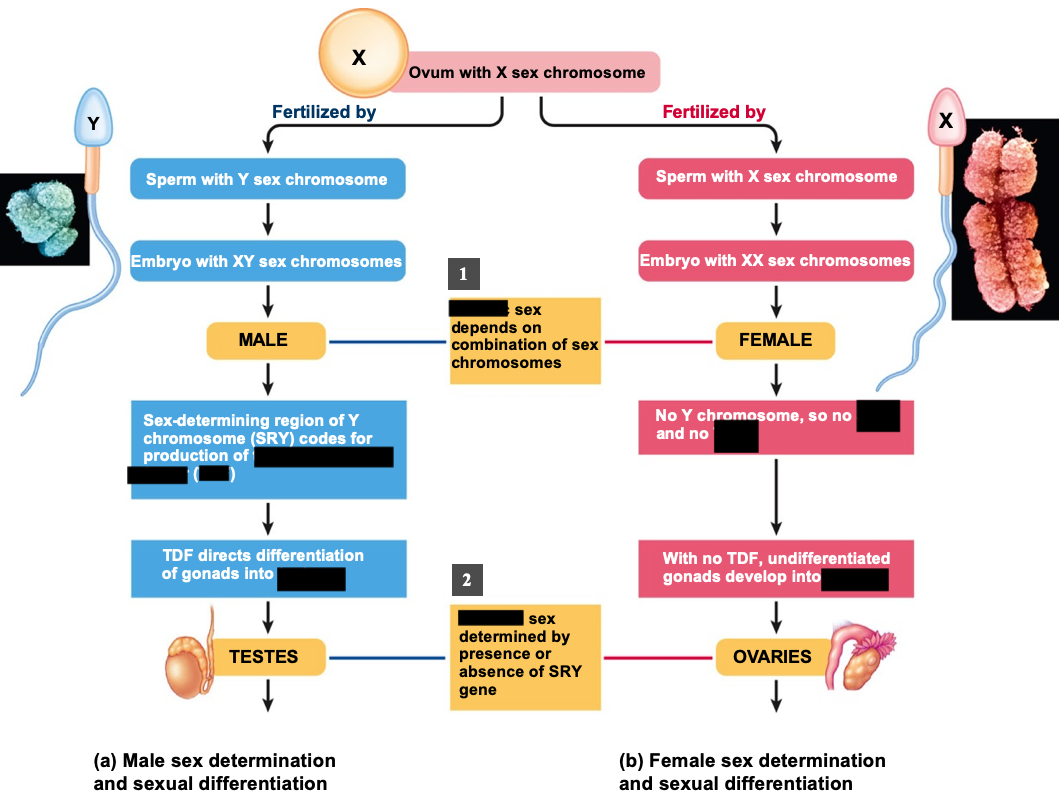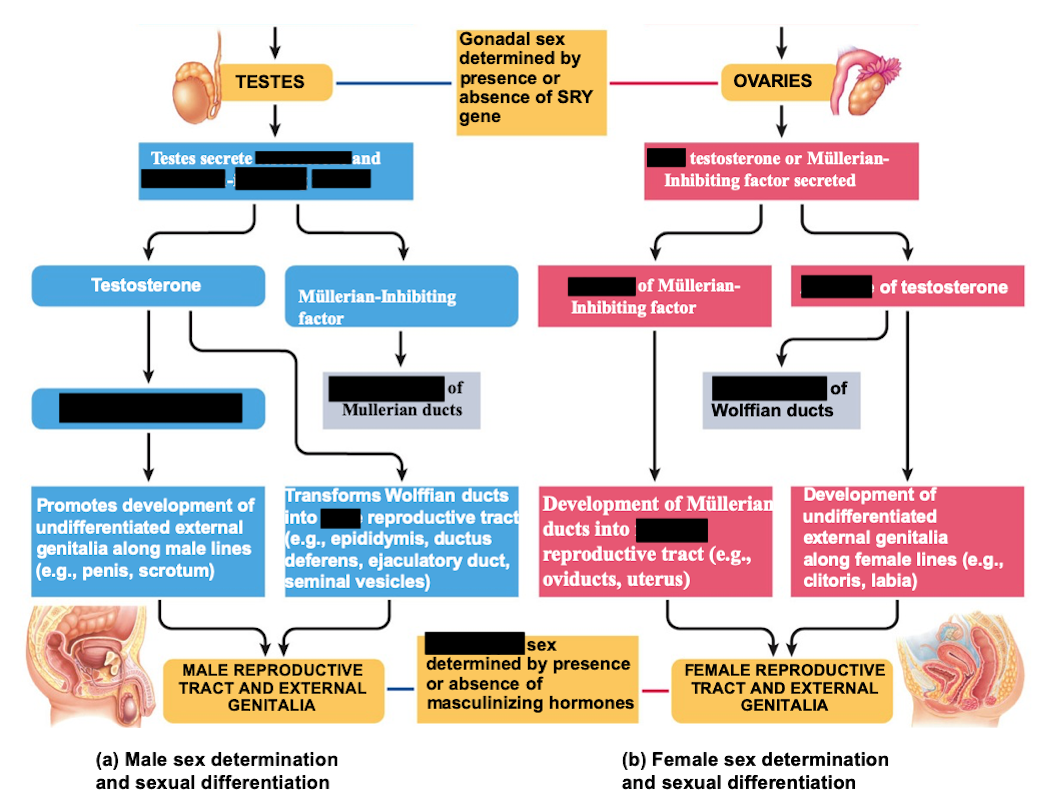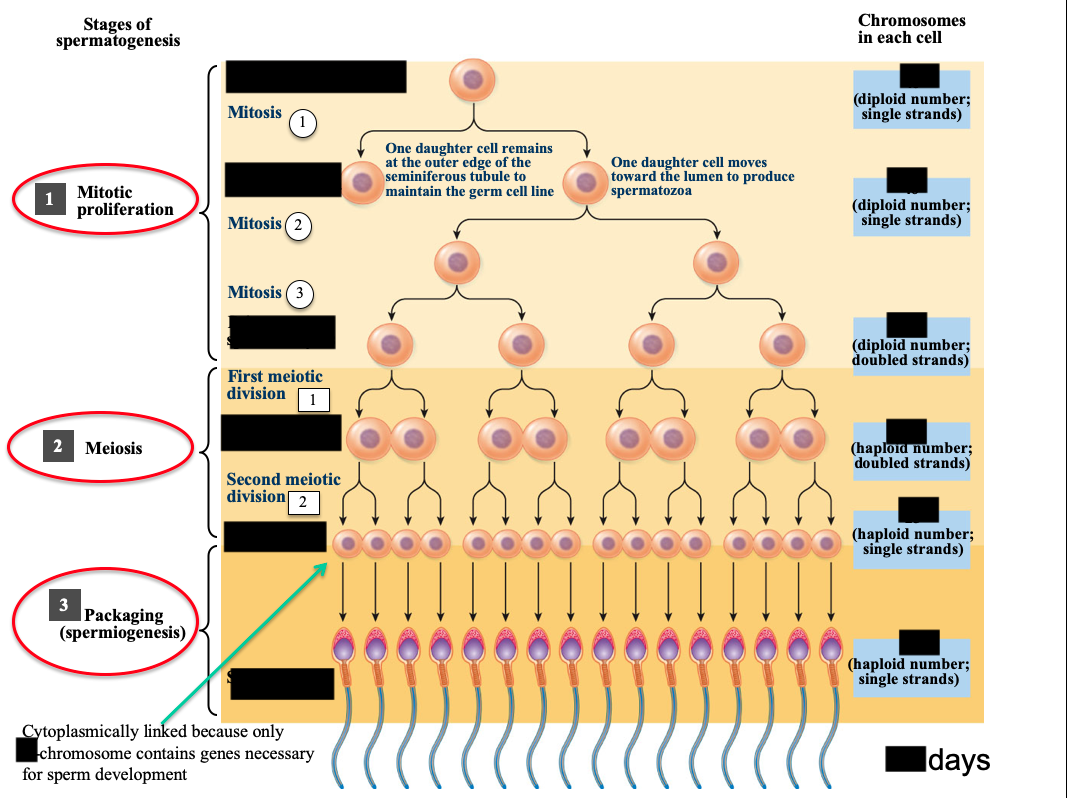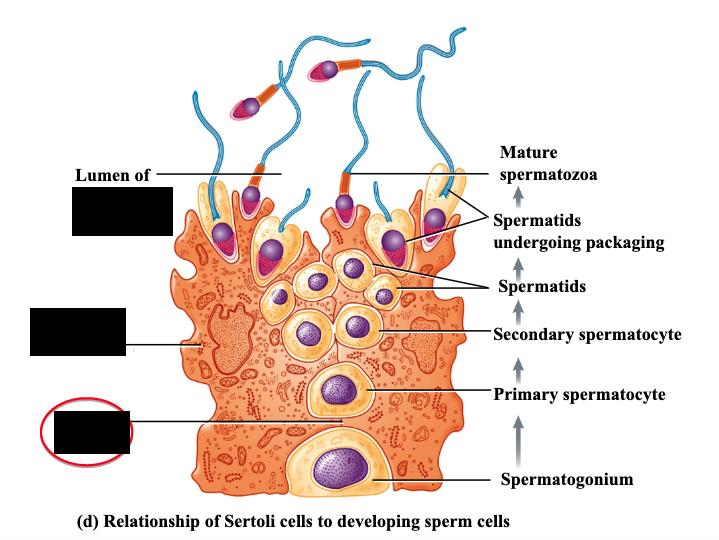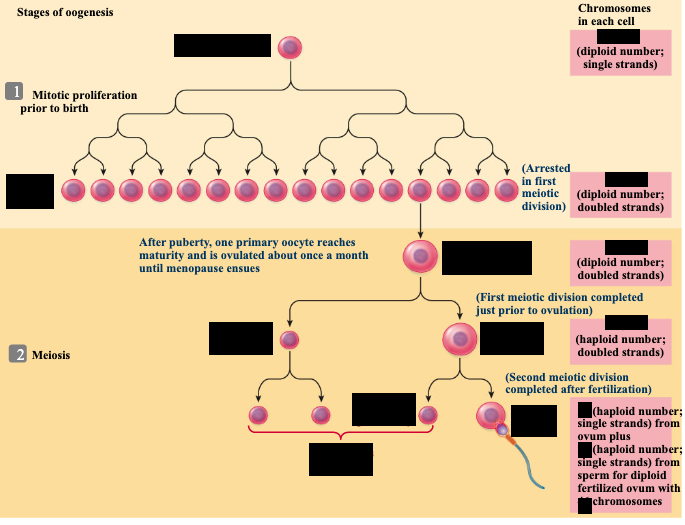PSIO 743 - Graduate Physiology Flashcards on Lecture 10, 11, & 12 - Endocrine, Reproduction 1-3, created by Marissa Alvarez on 30/10/2019.
Pinned to
2
0
0
No tags specified
|
|
Created by Marissa Alvarez
about 5 years ago
|
|
Rate this resource by clicking on the stars below:




 (0)
(0)
Ratings (0)
| 0 | ||
| 0 | ||
| 0 | ||
| 0 | ||
| 0 |
0 comments
There are no comments, be the first and leave one below:
Close

